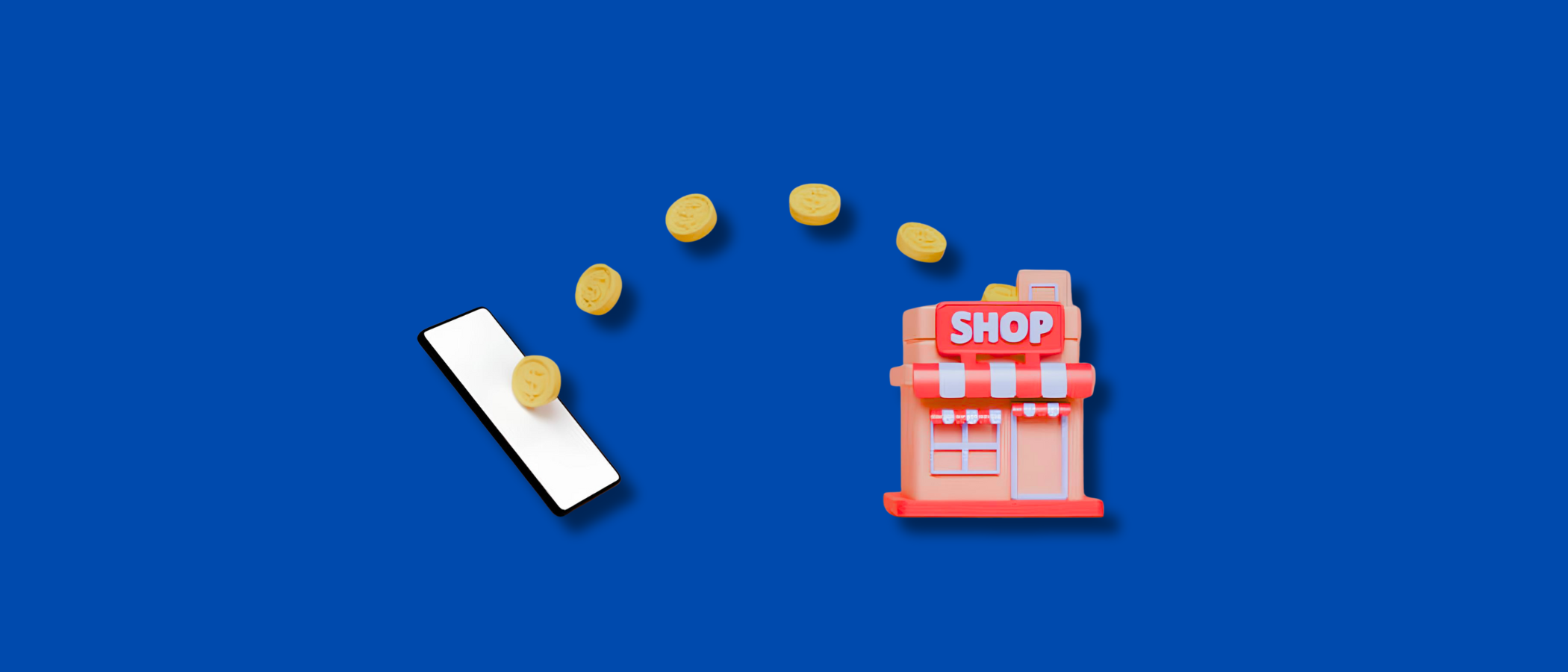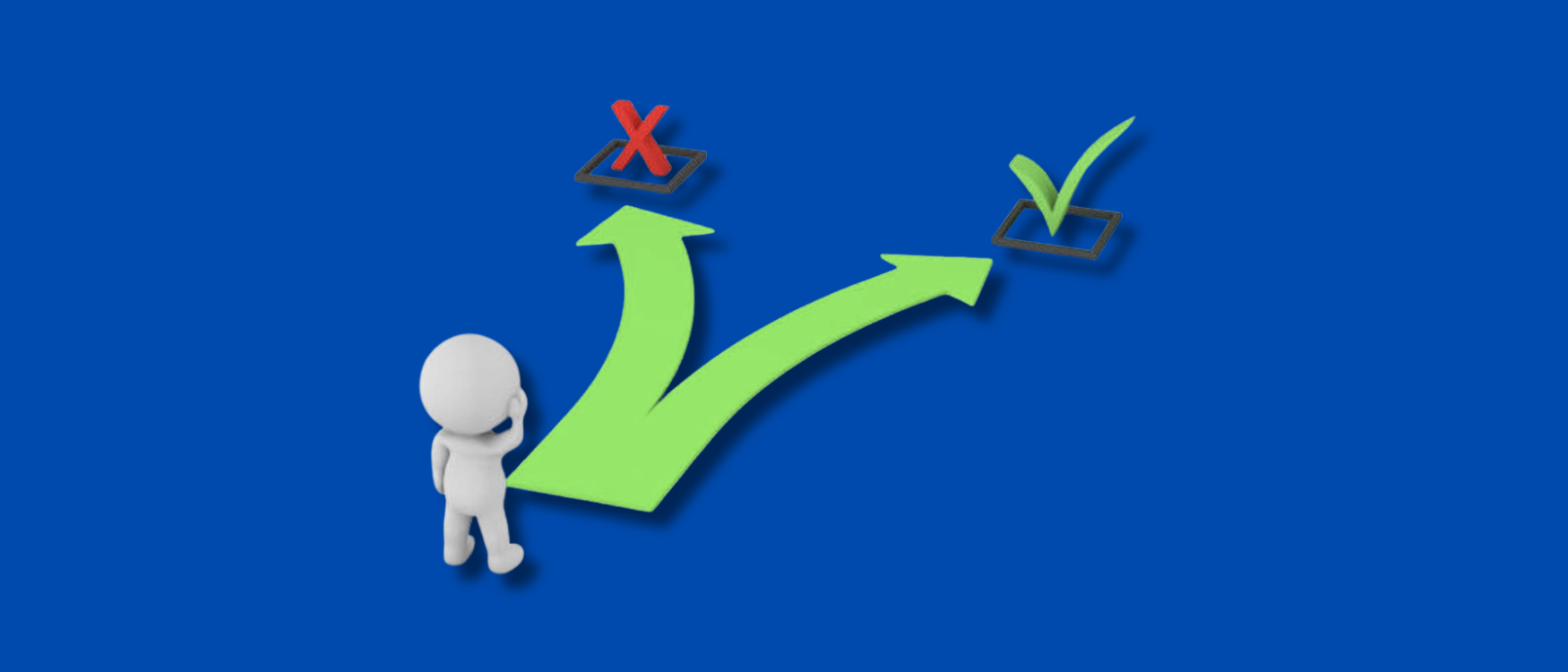Introduction
Creating an app today means more than just great features and a sleek design.
It means building something people can trust.
Whether your app helps patients track medication, lets users share personal data, or simply offers a better daily routine, compliance matters. A lot.
People want to know that their data is protected. That their privacy is respected. And that your app works for everyone, including those who rely on ADA accessible experiences.
And it’s not just about doing the right thing, it’s also smart business.
According to Statista, the Digital Health market alone is expected to reach nearly $198 billion in 2025.
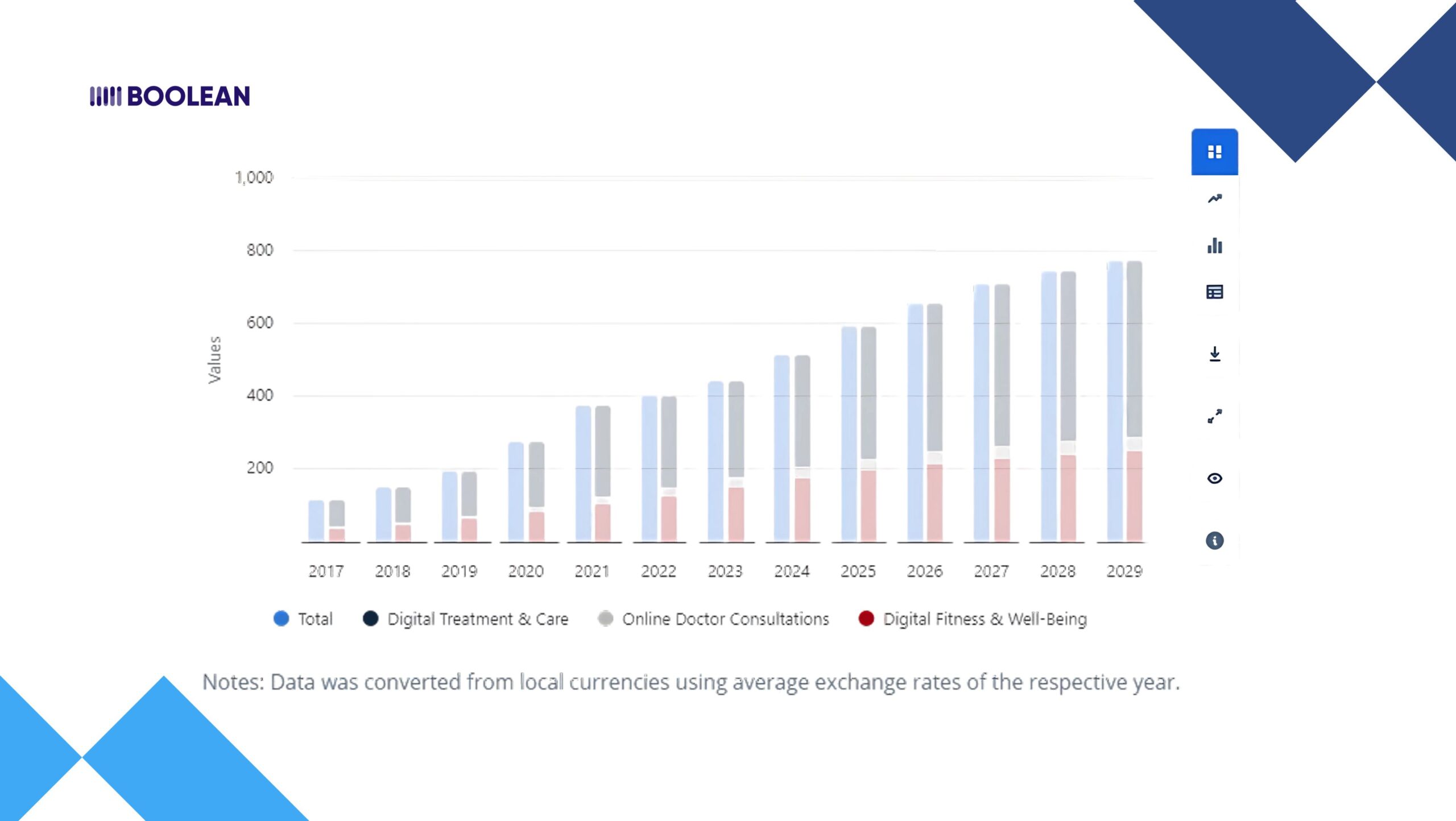
That’s a huge slice of the app world where HIPAA compliant security and user privacy aren’t optional; they’re expected.
At the same time, enterprise app compliance tools are booming.
A report from Grand View Research shows that governance, risk, and compliance (GRC) solutions will more than double in market size, growing from $62.9 billion in 2024 to almost $135 billion by 2030.

Even the tools that help apps stay compliant are growing fast.
Also, The Business Research Company reports that regulatory compliance software is expected to jump from $11.2 billion in 2024 to $12.5 billion in 2025, at an impressive 11.5% growth rate.
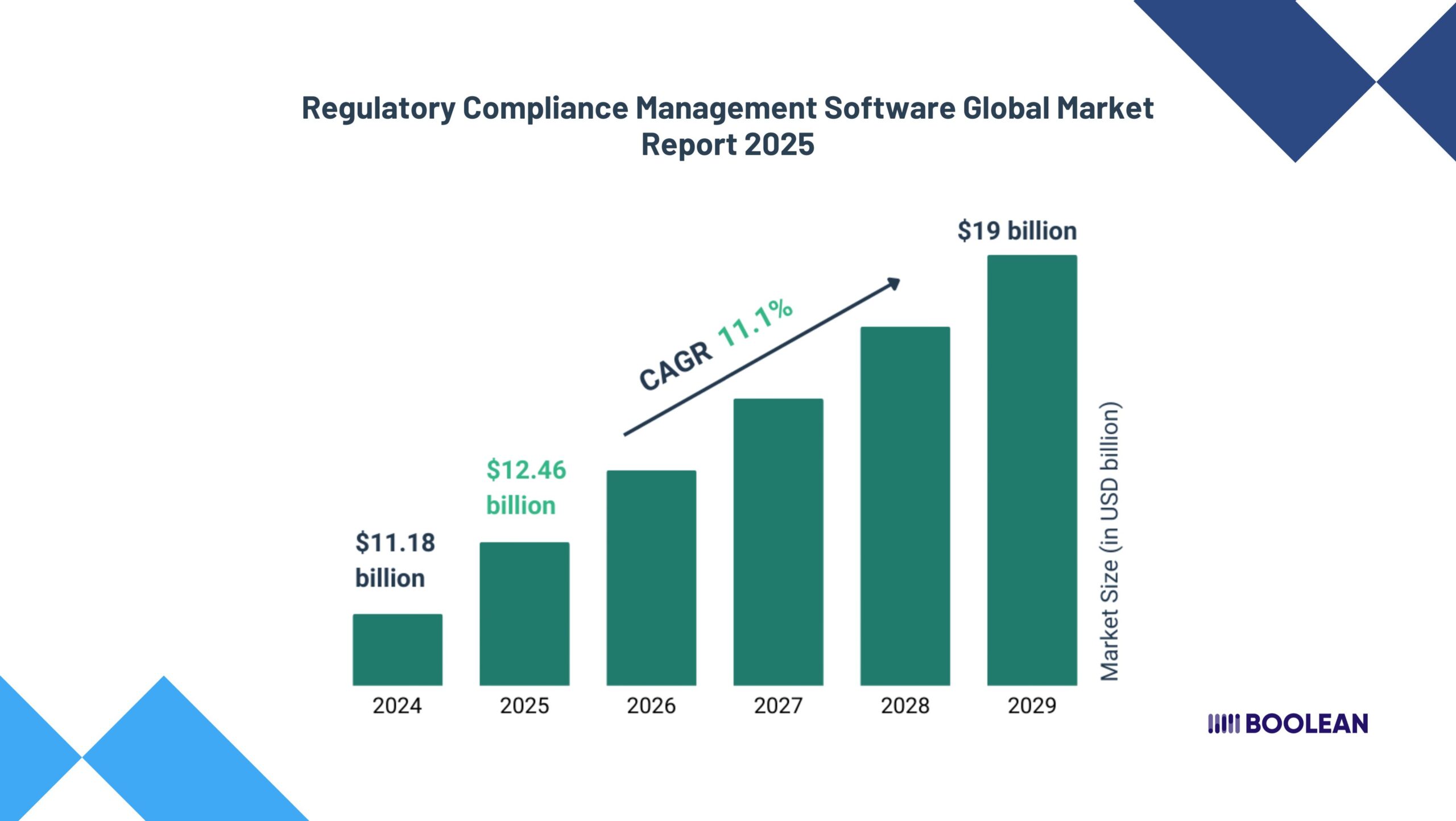
So, what does all that tell us?
App Compliance is no longer a checkbox you tick at the end. It’s a mindset. A responsibility. And more than ever, a competitive edge.
Whether you’re working on a healthcare app, a secure app, or simply something that handles user data, staying ahead of ADA, GDPR, and HIPAA is part of building something people feel safe using.
In this guide, we’ll walk you through what real-world app compliance looks like and how to build it from the start.
Let’s make your app ready for today’s rules and tomorrow’s expectations.
What Is App Compliance?
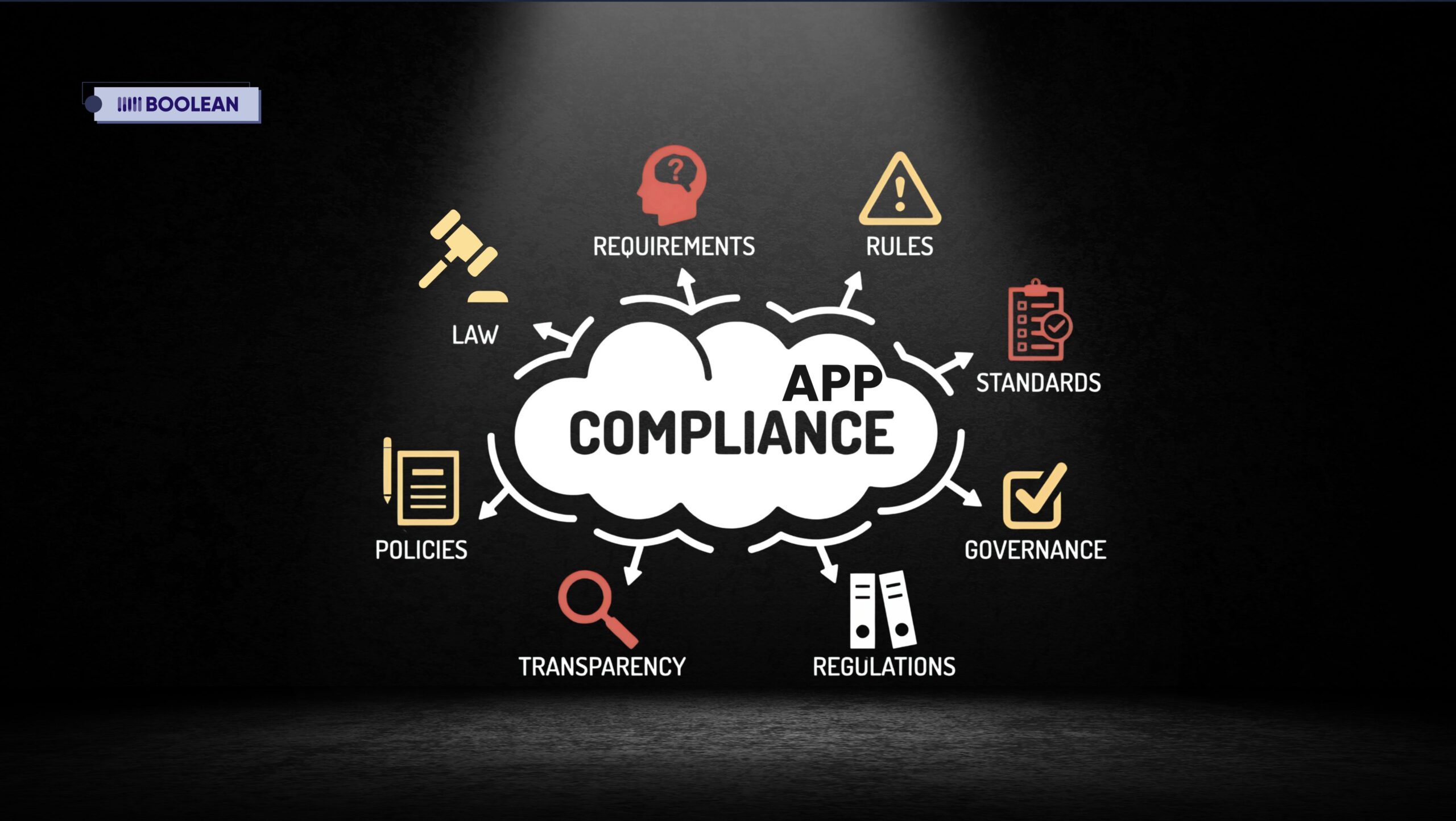
Let us just break it down: App compliance means that your app plays by the rules.
And those rules? They are not just technical – they are legal, moral, and often individual.
They tell you how to protect user data, how to respect privacy, how to support access, and how to handle sensitive information correctly.
Think of a calm promise of compliance that you make for every user:
“Your rights matter. Your privacy matters. Your experience matters.”
This promise is implemented by rules like the ADA, GDPR, and HIPAA. Each focuses on a different kind of security:
- The ADA compliance ensures that your app is accessible to people with disabilities. It is about inclusive design, screen readers, color contrast, think of keyboard navigation.
- GDPR regulation is about all user data. It gives people more control over their personal information, how it is collected, stored, used, and removed.
- HIPAA obedient apps? They are the backbone of faith in healthcare. They protect sensitive HIPAA data through strict data compliance, app encryption, and access control.
These laws aren’t optional. They’re essential. Especially if you want to create a secure app that users can rely on, and regulators won’t come after.
So, what makes an app truly regulatory-ready?
It’s not a single feature. It’s a mindset. A development culture. A commitment to:
- Building with mobile policy and mobile law in mind.
- Using a compliance checklist from the very first prototype.
- Designing with privacy-first principles.
- Ensuring ADA design and app accessibility by default.
- Embedding app security and data protection at the core.
A regulatory-ready app is not just checking the boxes. It is creating faith. It is choosing to do things correctly, even when it tries more.
And in today’s world, this effort pays in better reviews, strong user retention, and low legal headaches.
Because an app that respects the law… respects people.
ADA Compliance: Designing ADA Accessible Apps
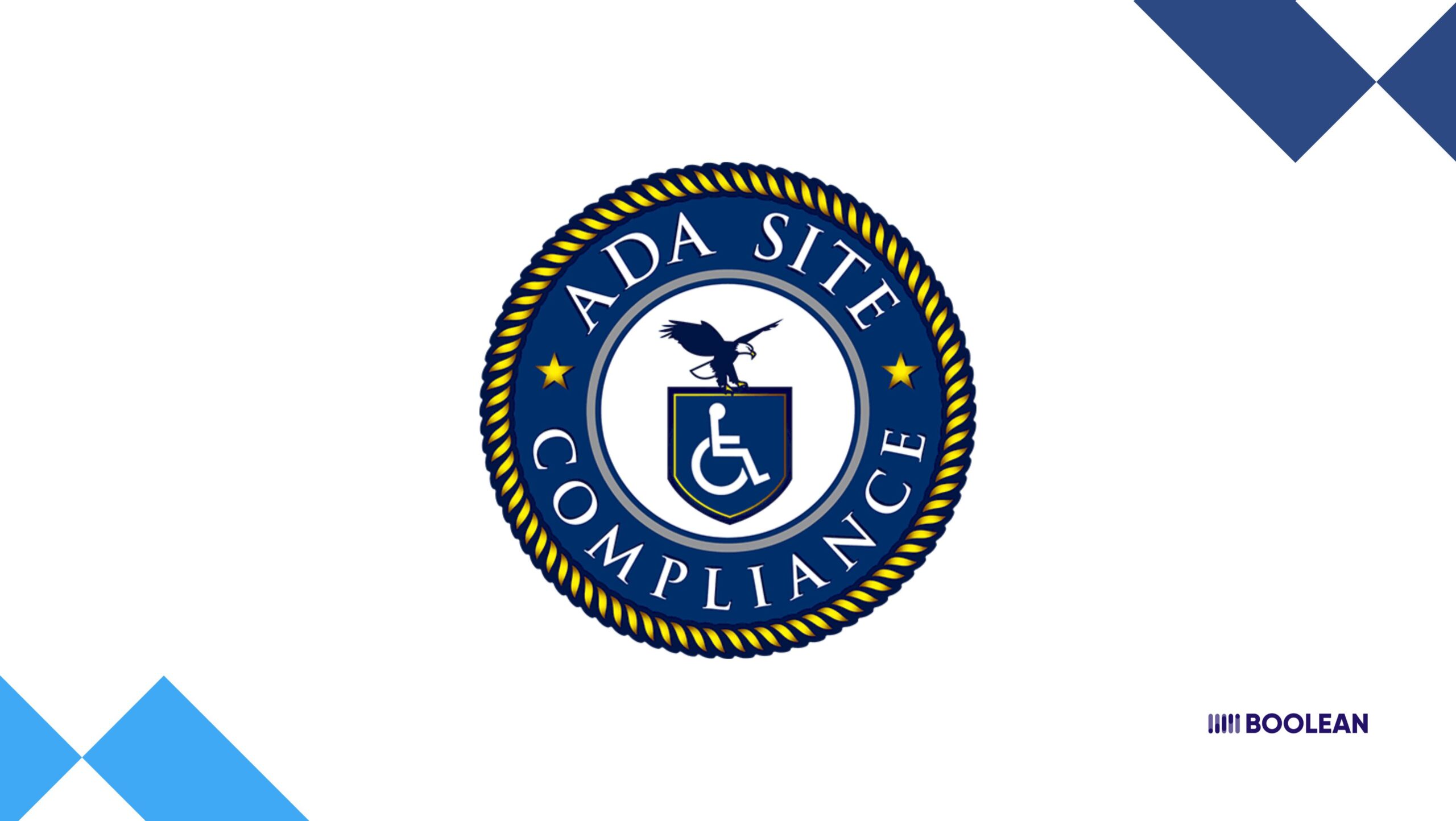
Let’s talk about inclusion. Not as a nice-to-have, but as a requirement.
When your app makes users out of disability, it is not just a design defect – this is a legal risk.
This is why the ADA compliance app is one of the most important (and most unseen) columns of compliance.
The Americans with Disabilities Act (ADA) sets out clear expectations. These ADA standards demand that your digital products, from websites to mobile apps, are completely accessible to the ADA.
So, what does it mean?
This means that your app needs to work for everyone, including users with visual, hearing, motor, or cognitive challenges. That includes:
- Screen reader support
- Voice navigation
- High-contrast modes
- Logical, predictable layouts
- Easy tap targets
- Descriptive labels for images and buttons
These aren’t extras. These are app standards. They’re part of creating what we call a law-ready app.
And yes, compliance takes work. It takes thoughtful ADA design, routine mobile audits, and a commitment to mobile ethics.
But that investment pays off. You build an app that’s more usable for everyone. You protect your brand. And you create better experiences for real people, in real situations.
This matters even more if you’re building in high-stakes sectors. Think healthcare app solutions, medical diagnosis apps, or even government tools.
Accessibility isn’t optional; it’s essential.
The good news? Tech can help.
- Modern legal tech tools make it easier to test and fix accessibility issues before launch.
- Automated checkers, privacy UX design systems, and inclusive frameworks help you stay on track.
Pair those with manual user testing, and your path to ADA support becomes clearer.
And let’s not forget security. Many accessibility features overlap with data protection and app security. That means your efforts toward ADA can also boost your app’s standing as a privacy-first, secure app.
Whether you’re brainstorming healthcare app ideas or building for the general public, ADA needs to be part of the plan, from day one.
Because when you prioritize ADA compliance, you’re not just protecting your users. You’re respecting them.
GDPR Regulation: Privacy-First App Design
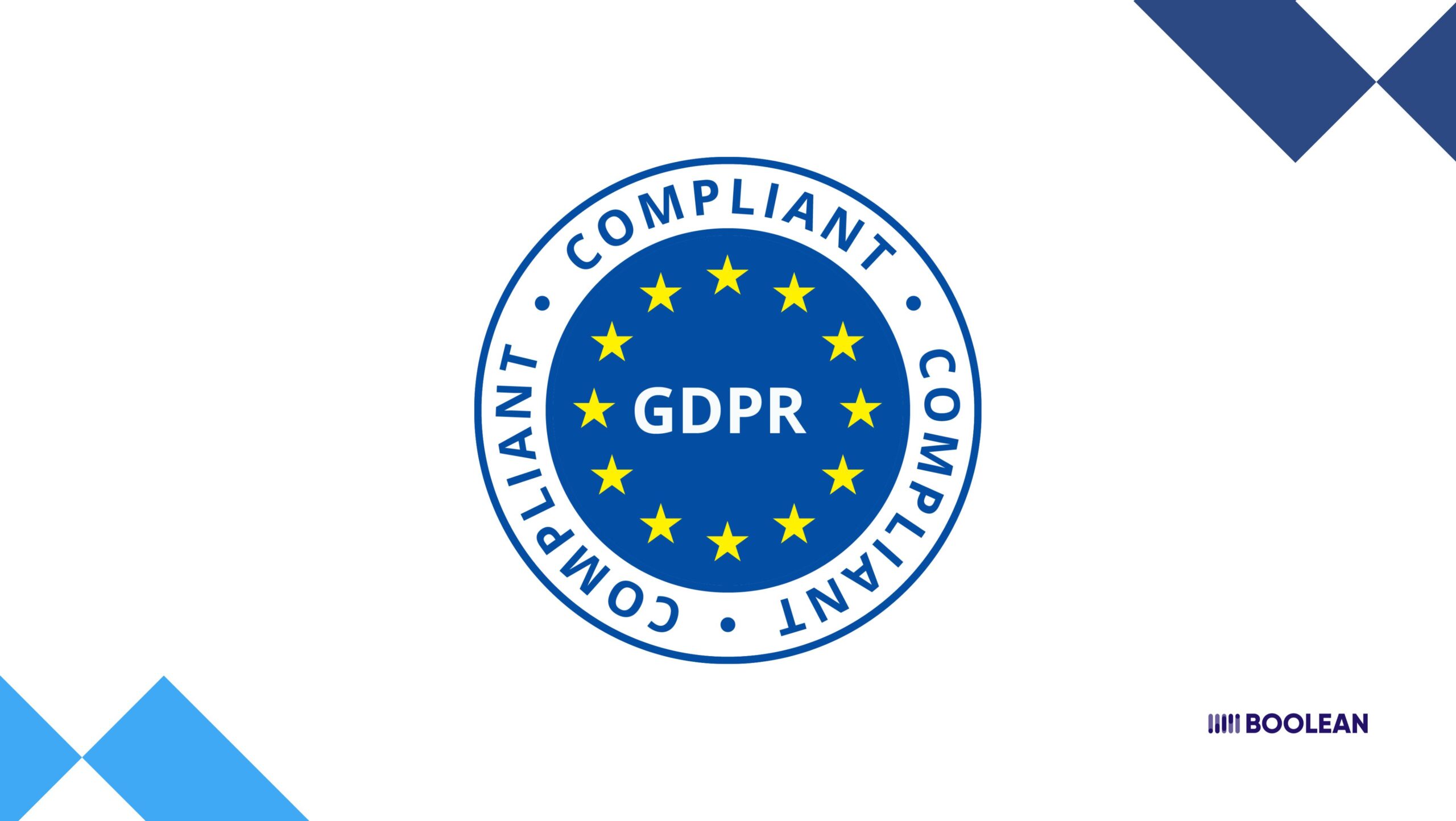
Privacy isn’t just a setting. It’s right. And the GDPR regulation makes sure of it.
If your app collects, stores, or processes data from users in the EU (and let’s be real, most apps do), you’re on the hook for GDPR compliance. That’s not optional. It’s the law.
Now, before you panic, here’s some good news: building a GDPR app doesn’t have to be overwhelming. It starts with one core idea: respect the user.
That means……
- Being clear about how data is collected.
- Asking for app consent.
- Giving users control.
- Keeping their info safe through app encryption and smart architecture.
And above all, it means being transparent.
Your app needs to show that it values user privacy as much as users do.
Let’s look at the essentials.
- Follow a compliance checklist early on. Don’t wait until the end.
- Write and follow the clear app guidelines – what is legal, safe, and respectable, your blueprint for it.
- Design for mobile privacy from the beginning, not later as a patch.
- Think about your mobile policy and mobile law responsibilities. What data are you collecting? Why? And is it necessary?
It doesn’t stop at the front end. Backend practices matter too. Your systems need to follow security law, uphold mobile rights, and meet the standards of GDPR mobile and mobile regulations.
A few best practices to build into your workflow:
- Encrypt user data in rest and transit
- Allow users to see, edit, and remove their data
- Provide proper control over permissions
- Log all access, especially sensitive actions
- Make the app’s legal documentation easy to find and understand
And here’s something many devs forget: UI animation and sleek design are great, but they can’t come at the cost of clarity. If your cookie banners or consent forms are hidden behind flashy effects, that’s not compliance. That’s confusion.
Whether you’re working on fitness app ideas or deploying real-time edge AI for smarter personalization, you must embed GDPR security into your app’s DNA. Because cool tech isn’t cool if it violates people’s trust.
Bottom line? App compliance is about more than avoiding fines. It’s about creating something that users feel good using.
So respect their data. Design with care. And let privacy-first thinking guide your every click, tap, and API call.
HIPAA Compliance: Creating HIPAA Compliant & Secure Healthcare Apps
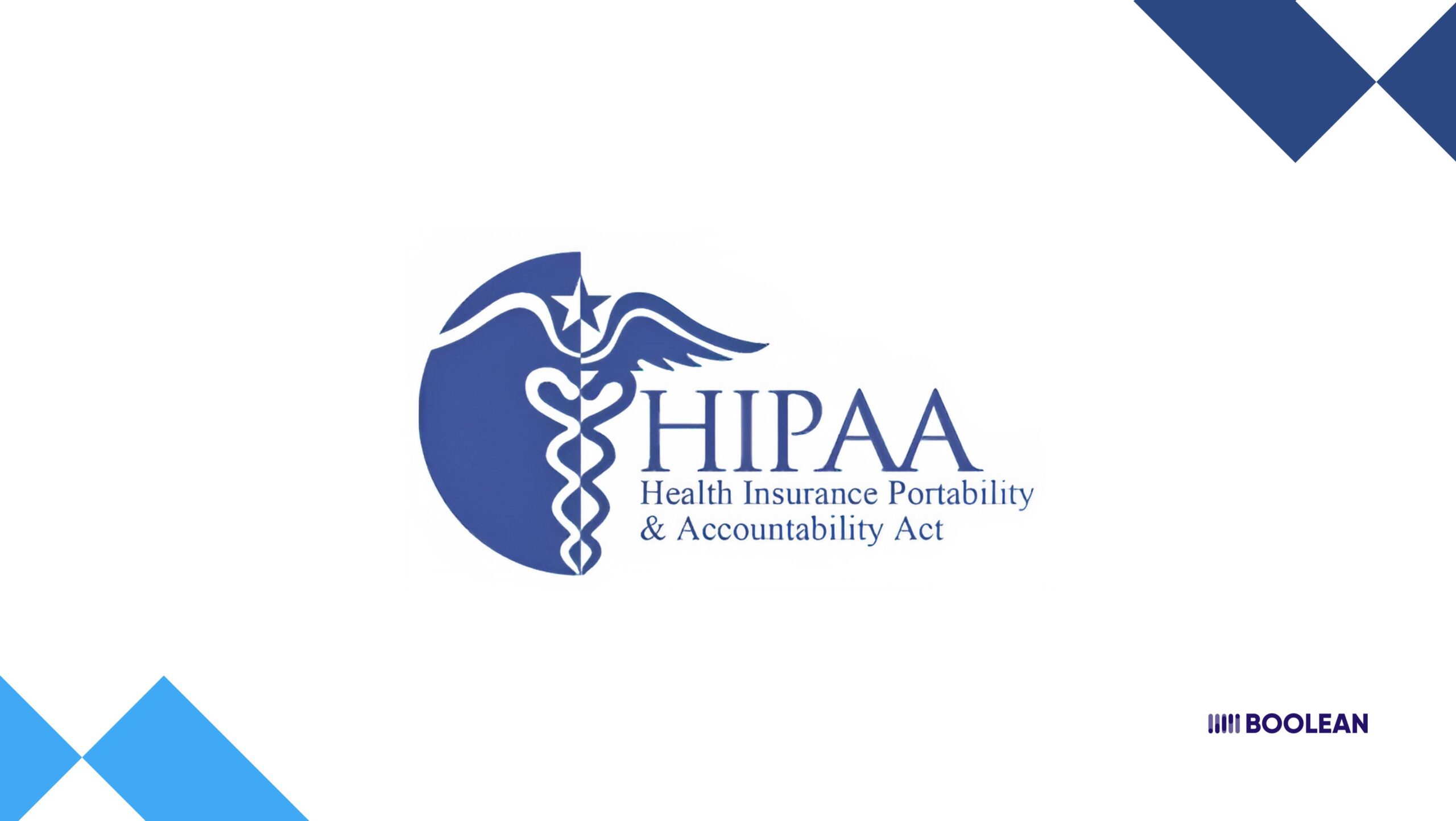
If you’re building a healthcare app, here’s the truth: You’re not just writing code, you’re handling people’s most private moments.
Health data is deeply personal. It’s not just numbers and charts. It’s a diagnosis. Medications. Life decisions. And that’s why HIPAA compliance matters so much.
The HIPAA regulation—short for Health Insurance Portability and Accountability Act is exists to protect all of that sensitive information.
If your app touches anything even remotely health-related, from appointment booking to lab results, you need to be HIPAA compliant. No exceptions.
But don’t worry. Compliance isn’t about fear. It’s about trust.
When users open your app, they should feel safe. That starts with data protection and app security built into every layer, from backend encryption to frontend privacy prompts.
So what does that look like?
- Role-based access. Only the right people see the right data.
- End-to-end app encryption—both when data is stored and when it’s in motion.
- Strict app control over logins, permissions, and audit trails.
- Crystal-clear policies that meet real data compliance standards.
- And yes—ongoing updates, not just one-and-done fixes.
Thinking of building something like that? Maybe exploring app ideas or remote health tools? It’s worth taking a look at:
👉 How Much Does It Cost to Make a Telemedicine App Like Teladoc
Now, some of this might sound intense. But here’s the upside:
HIPAA compliance pushes you to build a better product. A more respectful one. A secure app that values users, not just clicks.
Plus, legal tech is evolving fast. There are tools now that help you monitor compliance in real time. Automated testing. Encrypted APIs. Prebuilt privacy app frameworks. You don’t have to do it alone.
Still in the planning stage? Want to know how these security layers affect cost and timelines? This guide might help:
👉 How Much Does It Cost to Make an App in 2025
Look, the world is shifting. People care more about privacy than ever. And the bar for app compliance, especially in healthcare, is higher than ever before.
But that’s a good thing.
Because when you create a HIPAA secure experience, you’re not just avoiding legal trouble. You’re creating a space of safety. Of dignity. Of trust.
And in health? That’s everything.
Secure Design & Ethical App Development
Let’s get one thing straight: secure design isn’t just about preventing hacks. It’s about protecting people.
When someone downloads your app, they’re trusting you with more than their time. They’re handing over user data, maybe even their health history, location, or private messages. That’s personal. That’s vulnerable.
And that’s your responsibility.
Whether you are working on the Healthcare App, Scheduling Tool, or Social Platform, you must protect that data.
Not just to meet app compliance or avoid penalties under GDPR regulation, HIPAA, or ADA compliance, but because people deserve safety.
It’s about building your app with privacy, ethics, and law baked in, not bolted on later. It means starting with strong app guidelines and a real-world compliance checklist.
It’s about making choices that center the user, every step of the way.
Here’s what that looks like in the real world:
- Using app encryption to keep sensitive info locked tight.
- Designing for everyone with ADA accessible layouts and clear navigation.
- Keeping health info secure with HIPAA tools and HIPAA secure workflows.
- Letting users actually see and control their data through clear app control options.
- Being honest and upfront about permissions and app consent.
Good apps today don’t just follow the rules; they follow values. Privacy-first. Accessibility-first. People-first.
So yeah, legal frameworks like GDPR, HIPAA-compliant policies, and ADA standards might sound dry. But at their heart? They’re about humans.
They are about to ensure that no matter who your user is – or where they come from – they look in your app, feel safe and respected.
And if you are thinking, “It seems so,” you are not wrong. But you do not have to find it alone. Modern legal technology makes a big difference – automating audits, giving flags, and helping you stay up to date with mobile rules and safety laws.
It’s also worth thinking long-term. Compliance isn’t something you do once. It’s a process. It grows with your app, your users, and the law.
So, whether you’re working on a HIPAA mobile project, refining a GDPR app, or mapping out a new accessibility app for government or public service, think big picture:
- Include mobile ethics from the start.
- Make space for mobile audits regularly.
- Build with mobile policy and mobile rights in mind.
- Design a privacy UX that feels simple, honest, and respectful.
- Test against both standards and real human needs
Because building a law-ready app is more than legal protection—it’s a signal. It tells your users: “We’ve got you. Your data is safe here.”
And in a world where trust is rare? That kind of design stands out.
Building Your “Regulatory-Ready” App: Practical Steps That Work
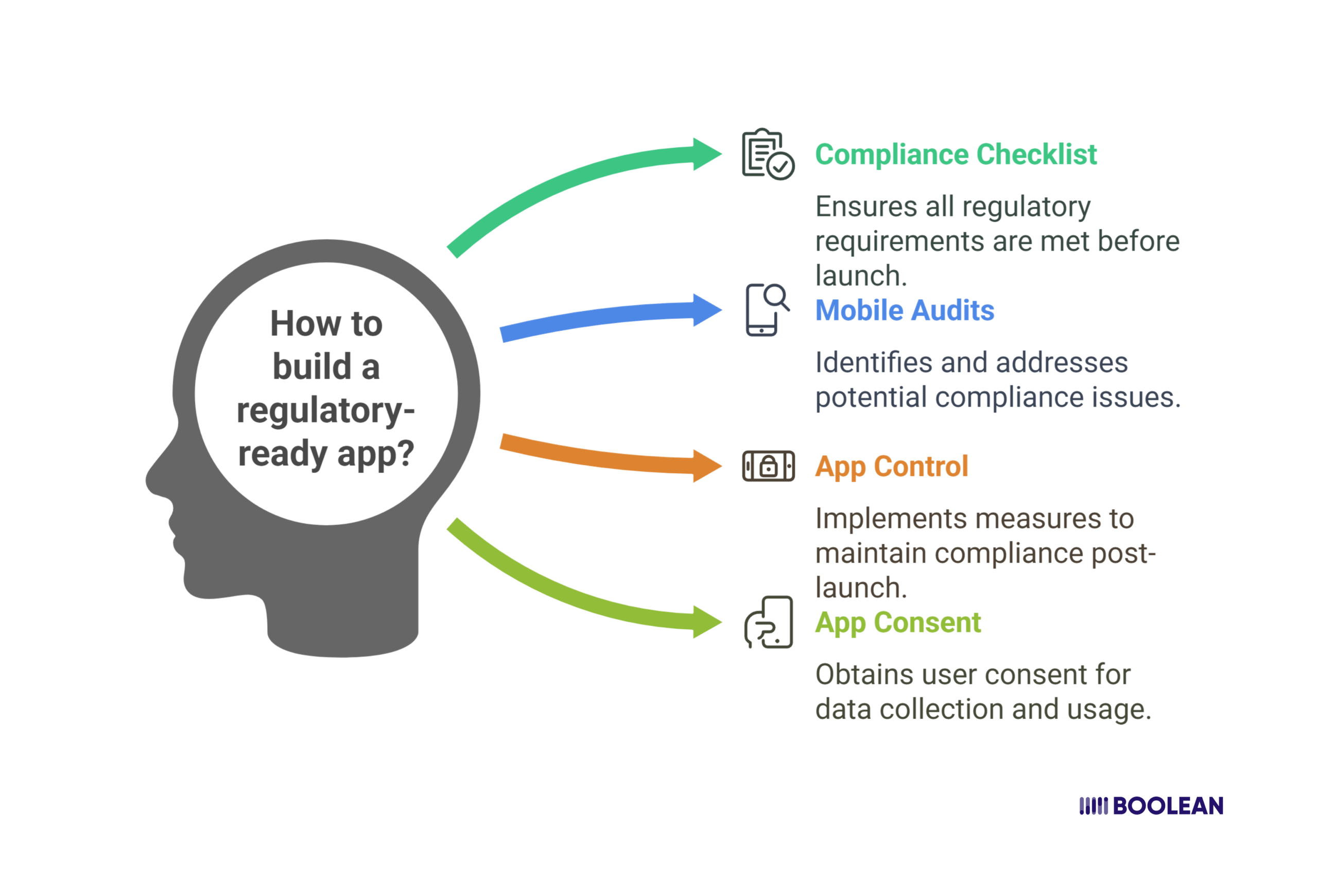
Let’s be real, navigating regulations like GDPR, HIPAA, and ADA can feel like walking a legal tightrope. One wrong step, and… well, you know.
But here’s the truth:
You don’t need to be a legal expert to build a regulatory-ready app.
You just need to be intentional.
So instead of reacting to compliance demands later (a costly mistake), let’s build your app right from the beginning, with trust, transparency, and security in every step.
Step 1: Start with a “Compliance Checklist” & “App Guidelines”
Before the first sketch, wireframe, or line of code, get grounded.
You need a clear plan, not guesswork.
Here’s how to start:
- Create a compliance checklist for all the regulations that apply (ADA, HIPAA, GDPR, etc.)
- Write app guidelines that align with compliance rules and set internal expectations.
- Translate legal requirements into clear app standards your whole team can follow.
- Stay up to date on mobile regulations across your target regions.
This isn’t just for the legal team, it’s for everyone. Designers, developers, and product leads. When everyone’s aligned, your app grows with integrity.
Step 2: Run Regular “Mobile Audits” for Security & Accessibility
Here’s the thing: compliance isn’t a one-time event. You don’t “check a box” and move on. You stay ready.
That means regular mobile audits. Think of them as your app’s health checkups.
Here’s what to look at:
- Test your app security for vulnerabilities before users ever download it.
- Use automated tools to ensure ADA compliance (look at WCAG standards, especially if your app will be used by the public or government)
- Audit for accessibility gaps to make sure your accessibility app experience works for everyone.
- Use HIPAA tools to verify that health data workflows are protected and audit-ready.
- Document issues, fix fast, and repeat often.
Security and accessibility aren’t extras; they’re expectations.
Step 3: Set Up Strong “App Control” & Data Management Systems
Once your app is running, things get more complex.
Now you’re dealing with user data, and that means accountability.
Here’s how to protect it:
- Implement app control: manage who can access what, and when.
- Use strong data protection principles (like least-privilege access and data minimization)
- Define clear data compliance policies for storage, access, and backups.
- Use HIPAA data guidelines and GDPR security practices for sensitive information.
- Encrypt everything. Seriously—app encryption is essential.
- Set up a response plan for breaches or policy violations.
- Make mobile privacy part of your brand, not just your backend.
The best apps are invisible when it comes to data; users feel secure without even thinking about it.
Step 4: Master “App Consent” and Build User Trust
This is where a lot of apps get it wrong.
Users aren’t just clicking “I agree” because they love you. They want clarity. Control. Respect. And your app should give it to them.
Here’s what great app consent looks like:
- Clear, friendly privacy notices (ditch the legal jargon)
- Options to give or decline permission—no pressure.
- Ability to view, change, or delete data at any time.
- Privacy-first design woven into every screen.
- A privacy UX that feels like part of the app, not a legal afterthought.
- Easy-to-access info on user rights and mobile rights.
- Regular prompts and reminders to revisit choices.
- Compliant with GDPR regulation and app legal standards.
Consent isn’t about “covering yourself.” It’s about inviting users to take ownership of their data and honoring their choice.
Quick Recap Checklist:
- Build a real compliance checklist + internal app guidelines.
- Run recurring mobile audits for both security & accessibility.
- Set up strong app control & clear data protection processes.
- Make user consent and transparency a daily habit, not a policy buried in your footer.
The App Compliance Advantages: Beyond Avoiding Fines
When people hear “compliance,” they usually think of one thing: penalties.
Yes, skipping compliance can lead to massive fines. But let’s flip the script for a second, because doing it right? That brings a whole lot more than just “avoiding trouble.”
In fact, building a compliant, secure, and accessible app gives you real-world advantages that go way beyond the legal stuff.
Here’s how:
- Compliance Builds Trust, And Trust Builds Loyalty
When users open your app and see transparency, data control, and secure design?
They feel safer.
You’re not just ticking off boxes for HIPAA compliant or GDPR regulation. You’re showing users:
“We’ve got your back.”
That trust pays off, people are more likely to:
- Sign up
- Stay longer
- Share your app with others
Trust is something like currency in today’s privacy-conscious world.
- It Enhances Your Brand Reputation
A privacy-forward, law-ready app speaks volumes.
It tells your market:
“We take our users seriously.”
“We believe accessibility is a right, not an afterthought.”
“We respect data, privacy, and security.”
And that kind of message spreads fast.
Whether you’re pitching to investors, landing government clients, or building a community, you’ll stand out as a brand with values.
- It Makes Your App More Inclusive (And That’s Powerful)
ADA compliance and accessibility features aren’t just about regulation, they’re about real people.
Think of someone with low vision using your healthcare app. Or someone navigating your fitness app with a screen reader. If your design doesn’t support them, they’re locked out.
But when you build with ADA support, mobile ethics, and privacy UX from the start?
You unlock your app for everyone.
That’s good UX. That’s good humanity. And yes, that’s good business too.
- It Gives You a Serious Competitive Edge
Most apps are still playing catch-up with privacy laws and accessibility standards.
If you’re already there?
You win.
A GDPR mobile experience, HIPAA secure data flow, or a fully ADA accessible interface can open doors:
- Government contracts
- Healthcare partnerships
- Press features
- App store visibility boosts
- Happier users
You become the brand that’s already “doing it right” while others are scrambling.
App Compliance vs Non-Compliant Apps
| Feature/Impact | Non-Compliant Apps | Compliant, Law-Ready Apps |
|---|---|---|
| User Trust | Low trust, high churn | High trust, longer user retention |
| Data Protection | Vulnerable to breaches | Strong app security & encryption |
| Accessibility (ADA) | Many users excluded | ADA accessible = inclusive UX |
| Brand Reputation | Risk of negative PR | Reputation boost & media trust |
| Market Access | Limited (esp. healthcare/government) | Access to regulated industries |
| Legal Risk | Fines, lawsuits, restrictions | Protected, compliance checklist ready |
| User Experience | Frustrating and unclear | Privacy-first, transparent UX |
| Growth & ROI | Inconsistent and risky | Sustainable and scalable |
Why Boolean Inc. Builds Regulatory-Ready Apps by Default
At Boolean Inc., compliance isn’t a checklist; it’s built into everything we do.
We design and develop apps with data protection, privacy-first UX, and secure architecture baked in from day one.
Whether it’s a HIPAA secure healthcare app, a GDPR-ready fintech platform, or an ADA accessible mobile experience, we don’t leave compliance to chance; we engineer it.
What sets us apart:
- Mobile development with app encryption, consent systems, and secure cloud infrastructure.
- Deep expertise in HIPAA, GDPR, and ADA compliance.
- Strategic advisors for startups and enterprises on legal technology and data-safe architecture.
- Beautiful, Human-focused UI/UX which is accessible, inclusive, and audit-ready.
- Strong Testing, Mobile Audit, and Long-term app support schemes.
If you’re building in regulated industries, like health, finance, e-commerce, or education, we’ve got the experience and frameworks to launch safely, smoothly, and smartly.
👉 Let’s build your regulatory-ready app, the right way, from day one.
Conclusion
Let’s be real for a moment.
If you’re building an app today, compliance isn’t optional. Between privacy laws, accessibility expectations, and healthcare regulations, skipping over it just isn’t worth the risk.
But here’s the good news:
Doing things the right way can actually make your app better.
When you build for trust, security, and inclusion, your users notice.
They feel safer. They stick around. They tell others.
Whether you are working on a healthcare app, a safe fintech platform, or searching for cool features such as real-time age AI or playful UI animation, compliance in the core helps your product to shine, not only legally, but also morally and strategically.
And the best part? You do not know all this on your own.
In Boolean Inc., we remain safe and breathe, regulatory-tailored mobile development.
We have helped startups and enterprises to manufacture apps that correspond to HIPAA, ADA accessible, GDPR secure, and just flat-out are better for real people.
Therefore, if you are ready to create an app that is made for smart, safe, and final.
Let’s talk.
We’ll help you do it right, from day one.
FAQs
- When should I start thinking about app compliance?
Honestly? As early as possible. Ideally, right at the planning or wireframing stage. It’s way easier (and cheaper) to build compliance in from the start than to fix it later.
- Do I really need to worry about GDPR if my app isn’t in Europe?
If your app collects data from anyone in the EU, even just one user, then yes, GDPR applies. It’s not about where you are, it’s about who you’re serving.
- Is ADA compliance only for government apps?
Nope. Any public-facing app, especially in industries like healthcare, finance, or education, should meet ADA standards. Accessibility is about creating equal access for everyone, and it’s good UX, too.
- What’s the easiest way to make sure my app is HIPAA compliant?
Start by understanding what kind of data you’re handling. If it’s protected health info (PHI), you’ll need secure storage, encryption, user access controls, and clear privacy policies. And yes, working with developers who know HIPAA helps a lot.
- What happens if my app isn’t compliant?
You could face legal trouble, big fines, app store rejection, and, more importantly, you might lose users’ trust. People care about privacy, security, and accessibility now more than ever.



